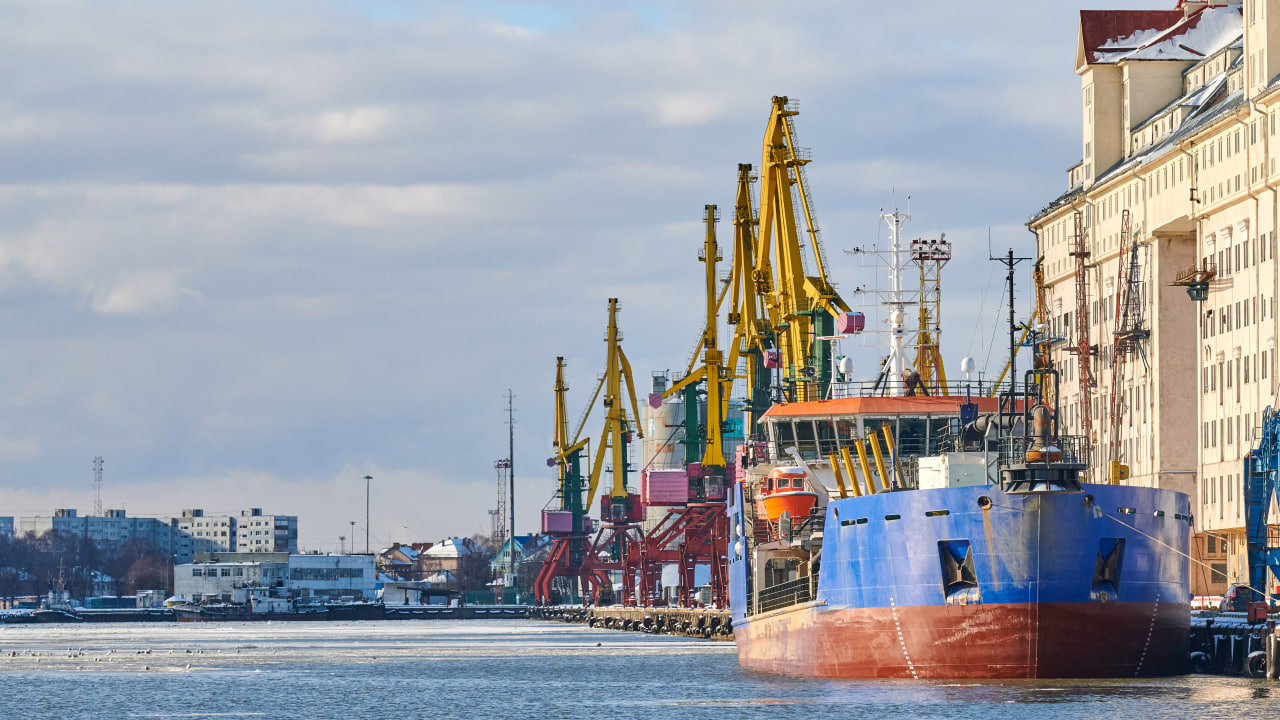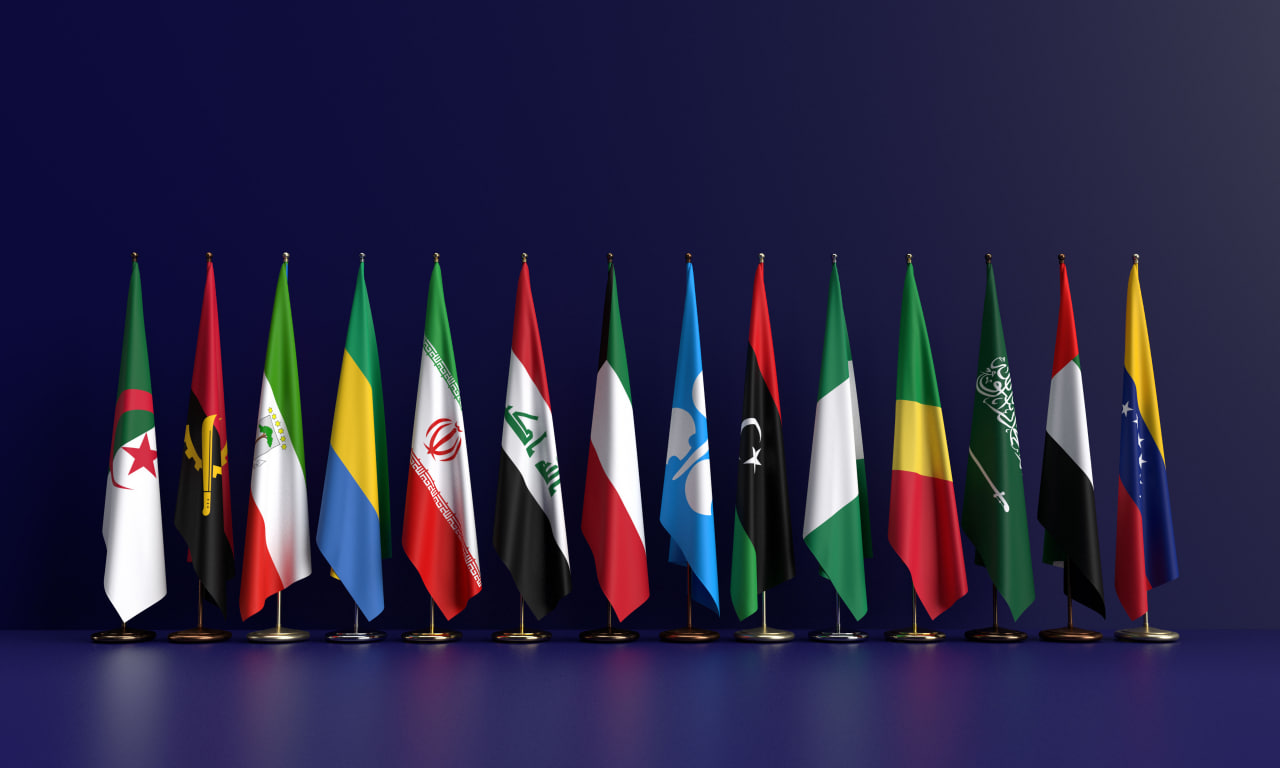Introduction
Russia, the world’s largest country by landmass and the 11th largest economy, is a highly strategic market for exporters. For Iranian exporters and other emerging market suppliers, exporting to Russia offers opportunities in food, construction materials, textiles, chemicals, and especially industrial salts, agriculture-related items, and natural resources.
But entering the Russian market requires more than just a product—it demands deep understanding of logistics, regulatory frameworks, payment systems, and business culture. In this article, we’ll walk you through the golden keys to successfully exporting to Russia and building long-term trade partnerships.
1. Understanding Russia’s Import Landscape
Russia imports a wide range of products, including:
Agricultural goods (fruits, nuts, spices)
Processed food and beverages
Industrial raw materials (e.g., salt, minerals, chemicals)
Machinery and consumer electronics
Construction materials and décor items
Since 2014, sanctions and geopolitical shifts have made Russia lean more toward non-Western trading partners, opening doors for countries like Iran, India, Turkey, and China.
2. Logistics: The Cornerstone of Russian Trade
Russia’s size means logistics must be carefully planned. Here are key logistics routes and tips:
📍 Overland Routes (TIR / Road)
Iran to Russia via Azerbaijan or Armenia → North Caucasus → Volgograd/Moscow
Ideal for perishable goods (shorter delivery times)
TIR carnets reduce border delays
⚓ Maritime Routes
Caspian Sea Ports (Bandar Anzali, Amirabad) → Astrakhan, Makhachkala
Important for bulk shipments (e.g., salt, cement, tiles)
🚂 Rail Freight
Via Kazakhstan or the International North–South Transport Corridor (INSTC)
Efficient for large volumes at lower cost
✅ Pro tip: Collaborate with local freight forwarders who have customs clearance experience at Russian borders.
3. Legal Requirements for Exporting to Russia
To enter Russia, exporters must comply with several legal and customs obligations:
📋 Customs Declarations & HS Codes
Use the correct HS code to determine duty and tax rates
Products must match descriptions exactly to avoid delays
🧾 EAC Certification (Eurasian Conformity)
Mandatory for most goods entering the EAEU (Russia, Belarus, Kazakhstan, Kyrgyzstan, Armenia)
Applies to electronics, machinery, some packaged foods, cosmetics
🔒 Labeling Rules
All labels must be in Russian language
Must include origin, ingredients/materials, expiry/manufacturing dates, and importer contact
🏷️ Barcode Registration
Preferably GS1 standard
Required for retail-ready products
4. Payment Systems & Currency Strategy
Due to sanctions, Russian buyers often prefer non-dollar transactions.
Recommended payment methods:
Ruble-based transactions
Euro or Chinese yuan
Barter trade (e.g., exchanging oil or metals for goods)
Mir payment system (used inside Russia, mostly for B2C)
⚠️ Avoid using U.S.-based payment gateways; opt for bank transfers via banks with established Russia-Iran relations.
5. Cultural Aspects of Business in Russia
Understanding the Russian business culture is essential to success.
| Trait | Description |
|---|---|
| Formality | Titles, surnames, and official behavior are valued |
| Punctuality | Meetings start on time; being late is unprofessional |
| Trust-building | Long-term relationships matter more than price |
| Direct communication | Russians appreciate clarity and honesty |
| Gift-giving | Modest gifts are welcomed in first meetings |
🧠 Pro Tip: Always bring official brochures in Russian, and have a Russian-speaking sales rep or translator present.
6. Finding the Right Business Partners
The Russian market is relationship-driven. To build trust and momentum:
Attend trade fairs in Moscow, Saint Petersburg, Kazan
Use platforms like AllBiz.ru, ExportHub, and Russian Trade Houses
Collaborate with Iranian-Russian Chambers of Commerce
You can also explore B2B directories, WhatsApp/Telegram trading groups, and industry-specific expos.
7. Packaging & Product Adaptation
Your product packaging should match Russian consumer expectations:
Use bold colors, clear Cyrillic labels, and cultural sensitivity
Offer sizes that match local demand (e.g., larger packages for B2B)
Ensure resistance to cold (especially for goods stored or transported in Siberia)
If you’re exporting salt, tiles, or handicrafts, mention use cases in industrial, cosmetic, or culinary Russian contexts.
8. Pricing Strategy in Russian Market
Due to Russia’s preference for value over luxury, your pricing must be:
Competitive with Chinese and local manufacturers
Adjusted for Ruble fluctuations
Considered “fair” rather than low or premium, unless branded heavily
Avoid excessive price undercutting. Long-term business is built on perceived value + reliability.
9. Success Stories
Several Iranian companies have already found success in Russia:
Salt exporters via Astrakhan ports
Pistachio and saffron suppliers with EAC certification
Iranian tiles and construction material vendors working with Russian contractors
The key has been compliance, presentation, and partnership.
10. Challenges and How to Overcome Them
| Challenge | Solution |
|---|---|
| Sanctions-related bank restrictions | Use alternative currencies or barter |
| Language barrier | Hire a Russian-speaking rep or interpreter |
| Bureaucracy | Work with local customs brokers or consultants |
| Climate issues (especially winter) | Use insulated packaging or time-sensitive delivery routes |
11. Step-by-Step Checklist for Exporting to Russia
✅ Product audit (labeling, quality, size)
✅ Get required certifications (EAC, etc.)
✅ Choose logistics route (rail, road, sea)
✅ Confirm HS code and customs duties
✅ Create Russian-language labels and brochures
✅ Register for a trade fair or platform
✅ Find local distributor or sales agent
✅ Finalize currency and payment channel
✅ Launch pilot export and monitor feedback
✅ Expand via trusted network
Conclusion
Exporting to Russia is a realistic and profitable opportunity for businesses willing to navigate its logistical and regulatory maze. From leveraging overland corridors and Caspian Sea access to adapting your product for Russian preferences and complying with local standards, each step you take brings you closer to a sustainable trade relationship.
With sanctions limiting traditional trade paths, Iranian and non-Western businesses have a unique edge—if they use the right approach.
✅ Need Help?
Are you looking to export your products to Russia?
We help businesses with:
EAC Certification
Russian Label Translation
Customs Brokerage Services
Trade Fair Representation
📩 Contact us today to start your export journey the right way.



